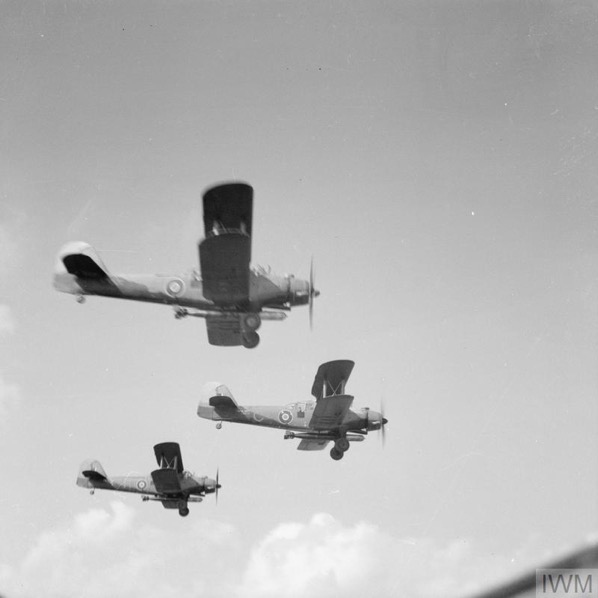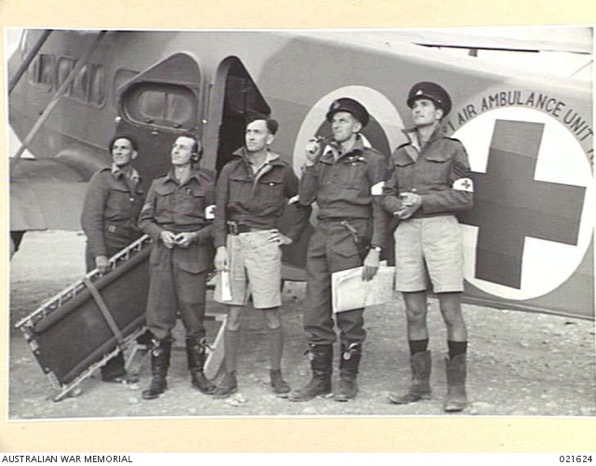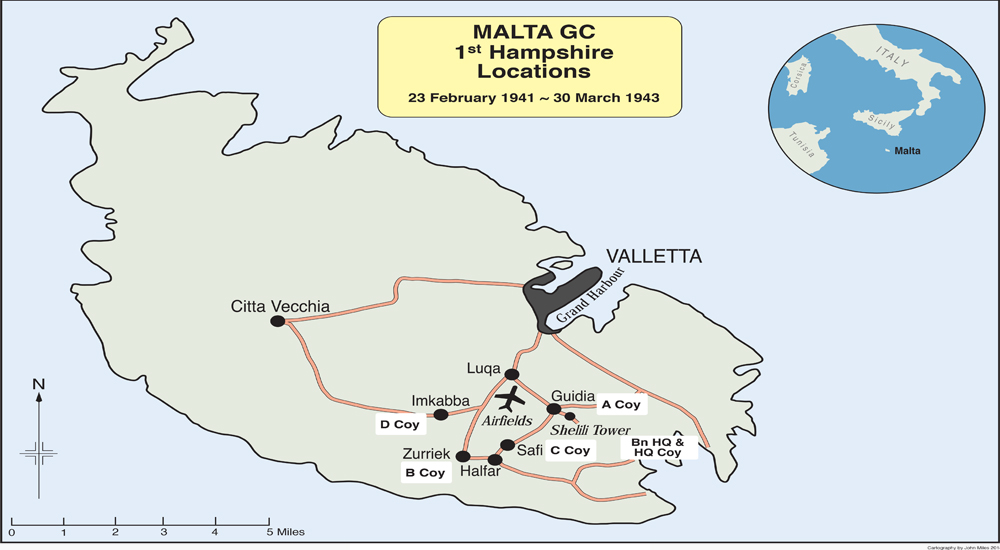GrauGeist
Generalfeldmarschall zur Luftschiff Abteilung
The problem is, that the engine development took a back seat to other priorities early on, so it wasn't until later in the war that engines would become more reliable (with decreasing strategic materials). This was one of the reasons for the Me262's delay in getting into production.yeah I meant 2,000 more me 262s, though that is just a wild guess based on very little (i.e. the extra production capacity if you made fewer of the older aircraft designs).
Presumably if they made more jets earlier they lose fewer pilots so fast, so the shortage doesn't become critical as soon.
The He280 was ready for production about the time that the Me262 was going through final testing, but was given the official yawn by the RLM.
In other words, if you wanted jets earlier in the war, you were going to need to get the RLM on board.
This meant giving the jet engine development teams top priority as well as taking the jet aircraft designs seriously.
The time for this to start, would have been in August 1939 when the He178 was first flown, not when the war lost and Germany was looking for wonder weapons to try and save it's ass.




